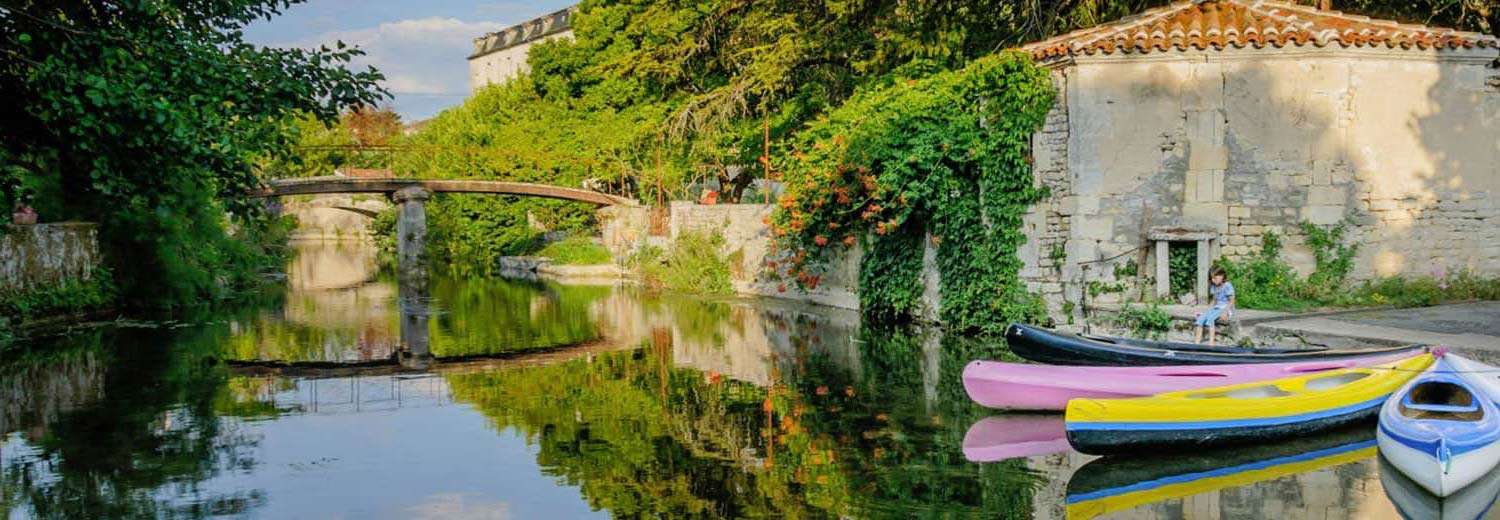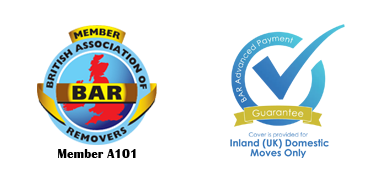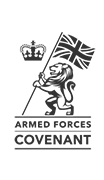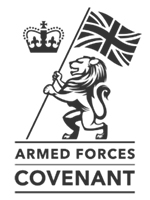GET A QUICK, FREE QUOTE
Rated 'Excellent'
on Trustpilot
ECMT International
Removals Permit
British Association
of Removers
Eco Friendly
Removals
Our Removals Service Includes…
For removals to and from Jarnac.
Call Now 0808 175 1966
Jarnac
A dream destination for watersports enthusiasts
The town of Jarnac (population 4,427) is famed for many things. It is the birthplace of President François Mitterrand, home to Courvoisier and the site of a major battle.
It is also a bit of a favourite with tourists and watersports enthusiasts.
Jarnac sits between Cognac and Angoulême on the Charente river, with little riverside villages at each end, offering the type of pretty cottages so beloved by Francophiles. Property here is much cheaper than southern England. It’s warmer too.
Jarnac is a ‘station verte’ – a holiday destination for outdoor activities such as canoeing, cycling and walking.
Several villages just outside the town are also attractive propositions for the would-be expat. Bourg-Charente has a Michelin-starred restaurant, and Bassac, Vibrac and St-Simon are worth a look too.
It is the site of the Battle of Jarnac in 1569, when the Huguenots – including Sir Walter Raleigh – battled the Catholics, leading to a great loss of life. The battle was ugly – Prince Louis I was killed after he surrendered and his body was paraded through the town on an ass. The Huguenots were defeated, but both leaders were killed in the aftermath of the battle.
Jarnac has several large and renowned trading houses and many small producers of cognac, Pineau des Charentes and Vin de Pays Charentais.
The town is served by the SNCF line from Angoulême to Saintes and Royan. Its station is actually out of town in Gondeville. The Charente river, described by Henry IV as “the most beautiful ditch in the kingdom” offers the change to sail for 100km over clear waters packed with fish and other wildlife. Most of the land surrounding Jarnac is covered with vines, but there is some cereal production here too.
Major distilleries include Courvoisier, Louis Royer, Thomas Hine & Co, Tiffon, Braastad, Delamain and Vilquin.
There is a museum dedicated to President François Mitterrand here, where he is buried. It features unpublished photos and documents, and objects, sculptures, drawings gifted to the President by celebrities.
Tourists can enjoy a visit to the old town, the Saint-Pierre church and the crypt, and the quays of the Charente. There is also a municipal park, a swimming pool and a three-star campsite here.
Sports fans will love living in Jarnac. There are clubs here for football, basketball and rugby, gymnastics, athletics, mountain biking and tennis, pétanque, fishing, canoeing, hiking, judo, karate and fencing. There is a racecourse in nearby Mainxe, where the Canobus Grand Prix is held each year in June.
Jarnac has a full range of health services, including doctors, dentists, physiotherapists, nurses and pharmacies. There is also plenty here for culture vultures –the Orangerie houses the media library, and there is a poetry space and films shown at the auditorium.
The 12th century Saint-Pierre church has been restored several times and features bits from each renovation.
The town hall is a fine example of architecture of the 19th century. Its central arch bears the date 1867, the year it was completed.
Inside, the Table de Condé, a remarkable object in carved wood topped with a red marble slab, is said to have housed the remains of the Prince of Condé killed during the Battle of Jarnac.
The 19th century Château Saint-Martial was built by rich cognac traders and is currently laid out as guest rooms.
President Mitterand’s brothers Robert and Jacques were also born here. Robert was an engineer and Jacques an air force general.
Jarnac Village History
Jarnac was one of the Calvinist centres of Angoumois. A first temple was installed in a barn next to the castle and destroyed in 1684, before a second temple was built in 1761. The current temple was redeveloped in the 19th century. The temple has been listed as a historic monument since 1998.
The convent of the Reverend Fathers Récollets de Jarnac was founded by Count Guy-Charles Chabot and his first wife Marie-Claire de Créqui in 1680. In 1825 it was sold to be transformed into a prison before becoming brandy stores in 1875.
Jarnac has had a settlement since the Neolithic period, evidenced by the many flints, fragments of polished stone and a table of dolmen found in the area. Objects from the Bronze Age and the Iron Age have also been found here, and potters’ kilns from the Roman era.
In Roman times Jarnac was the only river port on the Charente between Saintes and Angoulême and would have been an important area at the time.
In the tenth century a lord of Jarnac, Wardrade Loriches, Earl of March, was living in the Château de Jarnac, where the current Place du Château is now.
In the 12th century the Aquitaine was owned by the English. Henri III returned the estate to Hugues X de Lusignan, count of Marche and Angoumois.
During the Middle Ages, Jarnac was also on a secondary east-west route frequented by pilgrims to the sanctuary of Saint-Jacques-de-Compostelle and to the relics of Saint Eutrope in Saintes.
The Chabots reigned in Jarnac for three centuries, with family members born in the castle and buried in the Saint-Pierre church.
The elders were great captains and the younger members were knights of Malta.
Guy Chabot de Saint-Gelais, second baron of Jarnac, demanded justice for slanderous rumours circulating at the court and in 1547, King Henri II agreed he could hold a duel with La Châtaigneraie, which he won.
Louis Chabot was in charge during the Fronde, which saw him promoted to the rank of field marshal. He commanded in the Cognac region until the end of the unrest, in August 1652.
Years later, Charles-Annibal de Rohan-Chabot, prince of Léon, never ceased to improve, increase and embellish his domain. But he was quarrelsome, brutal and haughty, and he ended up leaving Jarnac for Paris in 1744, and never returned.
Jarnac passed to his first cousin, Charles Rosalie de Rohan-Chabot, the last lord of Jarnac.
Removals service
Why Choose Armishaws
- We’ll move you a mile up the road or to the other side of the continent
- Part loads no problem
- We ship all over the world
- We are experienced in moving people to France, Spain and Portugal
- We offer storage
- Bespoke service
- We can pack for you!
- Nearly 50 years in business
- Free surveys and fast quotes
We provide a service to fit your every need with a trusted team always willing to provide a great service, to put you at rest when moving or storing your possessions.
For Free Advice and a Quotation call 0800 917 1015
Why move to Jarnac?
Jarnac is a super pretty little town, but one which has all the facilities you could need. Its position between Cognac and Angouleme makes it ideal for people seeking peace while having access to bigger towns, and there are scores of lovely properties where you could happily settle, along the banks of the glittering Charente.
Properties in Jarnac
To see properties for sale in Jarnac, visit www.aplaceinthesun.com/jarnac.
Transport Links
Jarnac is near major roads to larger towns and there is a railway station nearby.
Schools near Jarnac
Jarnac has two public nursery schools and two public elementary schools.
There is also a public college and a private Catholic college as well as a Rural Family House (MFR).














